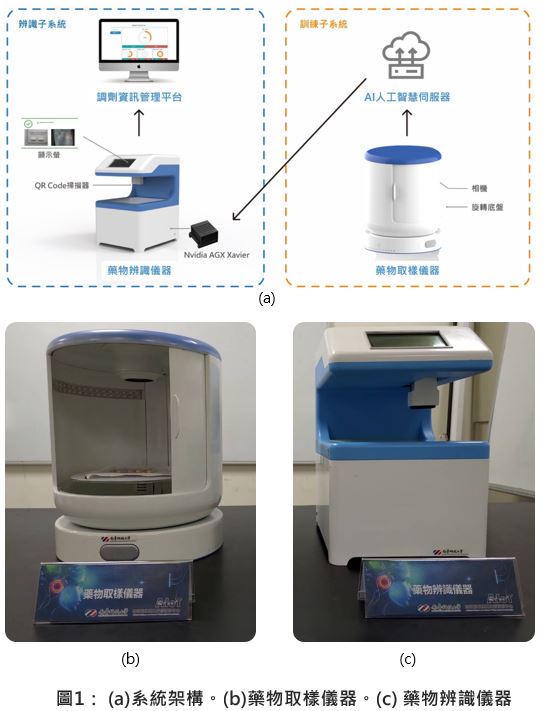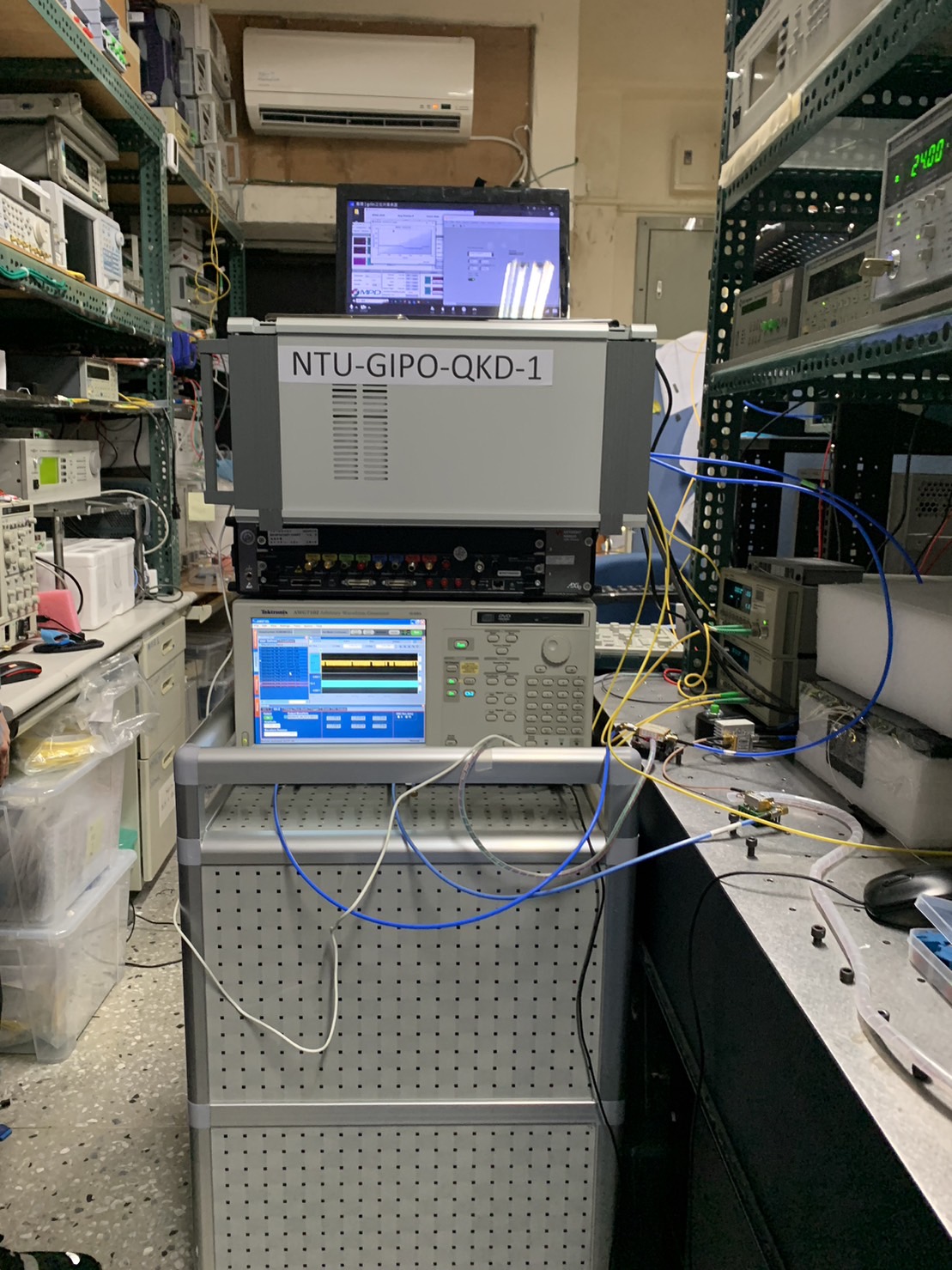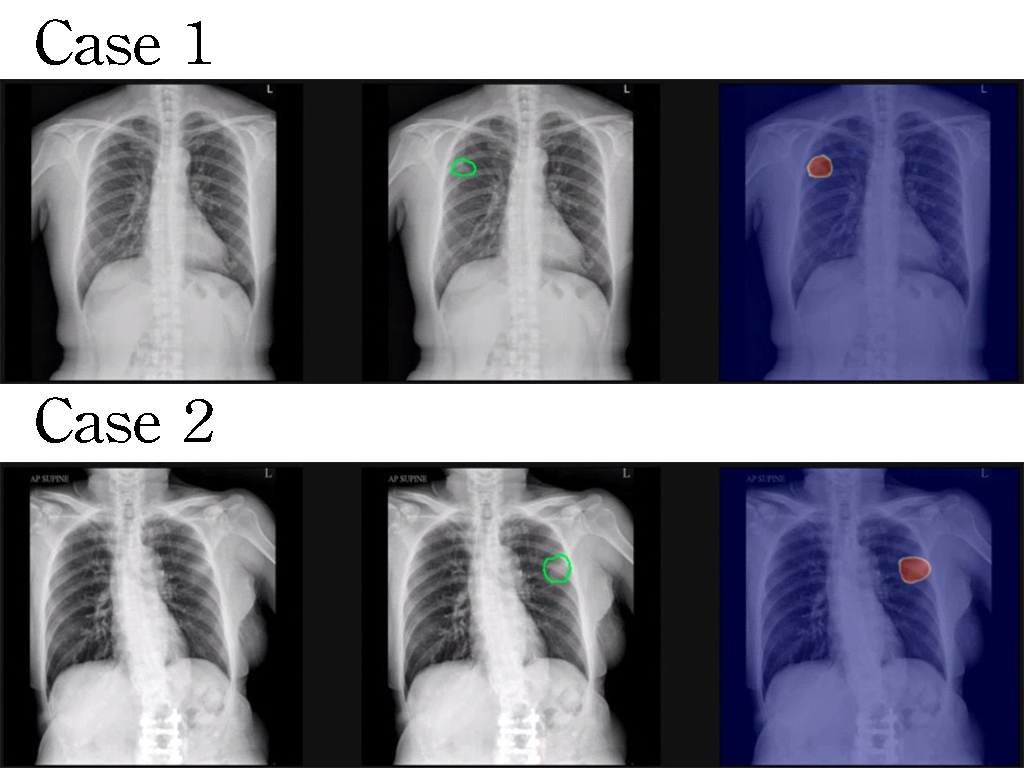| Technical Name | Generation of Low-Carbon Ozone and Negative-Hydrogen with Next-Generation Proton Exchange Membrane Electrolysis Technology | ||
|---|---|---|---|
| Project Operator | Yuan Ze University | ||
| Project Host | 鐘國濱 | ||
| Summary | Generated low-carbon and high concentration ozone from our unique NG-PEMWE are utilized to efficiently treat the liquid waste from semiconductor industry successfully from Taiwan Semiconductor Manufacturing Cooperation (TSMC) with Trusval Technology Corp (信紘科). Negative-carbon and free hydrogen can be stored and utilized for diverse applications accelerating hydrogen economy realization. |
||
| Scientific Breakthrough | Membrane electrode assemblies (MEAs) using base metal as the anode catalyst to generate ozone via water electrolysis were traditionally adopted. We found that MEAs experienced the typical degradation phenomenon after a current interruption and restart during operation. In our studies, homemade MEAs using catalsyt powder with specific additives, conductive materials, polymer compound, which all effectively ameliorated the degradation phenomenon after an interruption as well as improving performance. |
||
| Industrial Applicability | After implementing the Scientific Research and Entrepreneurship Plan (Germination Case) supported by the National Science Council (from January 2023 to March 2024), our team has successfully modularized PEMWE technology and established a collaboration with a leading semiconductor equipment manufacturer. We are currently focusing on the offline degradation of process waste liquid using ozone generated by our system, while the hydrogen produced can be utilized to generate green electricity. |
||
| Keyword | Electrolysis Hydrogen Ozone Proton Exchange Membrane Semiconductor | ||
- Contact
- Guo-Bin Jung
- guobin@saturn.yzu.edu.tw
other people also saw

The development of bioconcrete with photocatalytic, hydrophobic, antivi ral and antibacterial functions using microbial induced precipitation













